Quote from: dm413-om on November 26, 2022, 04:03:40 PMI agree with you, I think it would be confusing for most people. There are many UX/UI pain points in oruxmaps unfortunately.
Well, if you close Orux and restart it, the deleted track will no longer show on the screen. Having a track that shows on the screen but is not in the list of tracks in the database and disappears when you restart the app doesn't make sense to me. But it's not a big deal.
You can remove a single route from the mapviewer by clicking on it, then click on the name, then click on the bin. By the way on this screen the UI is also suboptimal. We would expect to have a way to know what each button does on this screen especially the bottom line because it's not obvious at all. Well there is no way except by trial and error. I thought the help button would tell me that because that's what it does on many screens, but no, on this one it gives information about smth else.
Quote from: orux on December 14, 2022, 09:40:47 AMRoutes as overlays also seem to have a minimal impact on performance. Which is a big deal because performance gets quite bad after more than 10k points on my phone (GS10).
There are 3 things that you can show on the map:
--current Track (the one you are recording).
--routes (loaded from your tracks database, your tracks list, or from a file, a gpx, kml,...)
--overlays, layers. From the list of your tracks, or from a file (kml, kmz, shp,..).
The difference between loading routes/(kml, kmz,...) as map layers or as routes is in the visual aspect. The layers on the map preserve the graphic attributes, color, fill,...
orux

 I don't think it should take into account the distance from the point to the track though (the straight lines). That would also avoid giving an inappropriate elapsed time in those cases.
I don't think it should take into account the distance from the point to the track though (the straight lines). That would also avoid giving an inappropriate elapsed time in those cases.